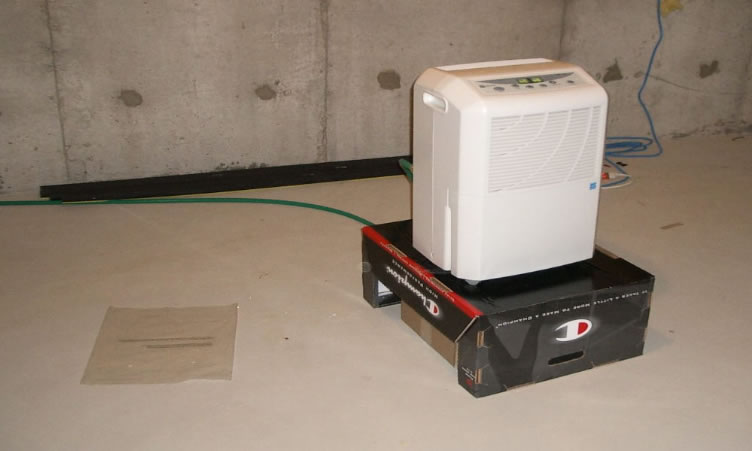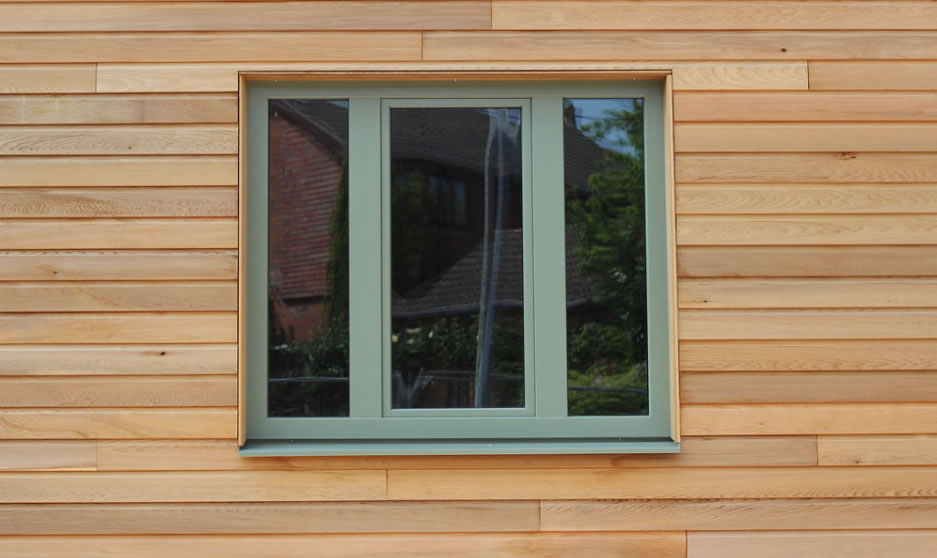The Top Tips for preventing and eliminating condensation on windows
Introduction
Double glazing for sash windows is usually for thermal efficiency , energy performance, noise reduction, and comfort. But double glazed windows, if efficient, can prevent window condensation. Window condensation is a common yet often overlooked issue that can lead to various problems, from structural damage to health concerns and increased energy costs.
Understanding the causes and consequences of window condensation is the first step toward effectively preventing and eliminating it. This guide will explore the top tips and strategies to tackle window condensation.
By implementing these measures, you can create a healthier, more comfortable, and energy-efficient indoor environment while preserving the integrity of your windows and property. Finally, we will discuss why double glazed windows are better than having a single pane to prevent window condensation.
Understanding Window Condensation
Condensation, visible moisture accumulating on surfaces like windows, mirrors, and walls, occurs when warm air with moisture touches any colder surface, such as a pane of glass, causing the water vapor in the air to transform into liquid water. This phenomenon is a natural consequence of humidity levels within a space and temperature differentials between indoor and outdoor environments.

Condensation on windows explained read more here.
(ctto scottjameswindows.co.uk)
Among factors that cause condensation are indoor humidity levels, where there is excessive moisture in the air, often resulting from activities like cooking, bathing, and drying clothes indoors, increasing the likelihood of condensation
Another is temperature variations caused by weather. The temperature contrast facilitates condensation formation when warm indoor air meets cold surfaces, such as windows, during colder months. Finally, inadequate ventilation traps moisture indoors, exacerbating condensation issues, particularly in areas with limited airflow, like bathrooms and kitchens.
Condensation matters because a wide variety of problems may emerge from it. Prolonged exposure to moisture can lead to mold growth, rotten timbers, damaged sash cords, and structural deterioration, compromising the integrity of buildings and causing costly repairs.
The growth of mold and mildew can trigger allergies, respiratory issues, and other health problems, especially for individuals with sensitivities.
Finally, condensation on windows indicates heat loss, which can increase energy consumption as heating systems work harder to maintain indoor comfort levels. This leads to higher utility bills and poor energy efficiency.
Understanding the causes and implications of condensation is crucial for implementing effective prevention and mitigation strategies to maintain a healthy, comfortable, and energy-efficient indoor environment.
Practical Solutions for Condensation Prevention and Elimination: Tips and Tricks
How to stop condensation on windows? Here are some tips and tricks to help prevent and eliminate condensation effectively:
1. Monitor Indoor Humidity: Invest in a hygrometer to measure indoor humidity levels regularly. Keep humidity levels between 30% and 50% to discourage condensation formation.
2. Ventilation: Increase airflow throughout your home by using exhaust fans in bathrooms and kitchens during and after activities that generate moisture, such as showering and cooking. Open windows periodically to allow fresh air circulation.
3. Use Dehumidifiers: If indoor humidity levels remain high despite ventilation efforts, consider using a dehumidifier to remove excess moisture from the air.

(ctto flickr.com)
4. Insulate Windows: Improve the insulation of your windows by sealing any gaps or cracks with weather-stripping or caulking. Use insulated curtains or window film to reduce heat transfer and minimize temperature differentials contributing to condensation.
5. Install Ventilation Systems: Install trickle vents or mechanical ventilation systems, such as heat recovery ventilators (HRVs) or energy recovery ventilators (ERVs), to enhance airflow and remove stale, moist air from your home.
6. Avoid Overwatering Plants: Indoor plants release moisture into the air through transpiration. Reduce the number of plants in areas prone to condensation or place them on trays filled with gravel to prevent excess moisture buildup.
7. Utilize Absorbent Materials: Place moisture-absorbing materials like silica gel packets or desiccants near windows to absorb excess moisture and prevent condensation.
8. Adjust Temperature Settings: Maintain consistent indoor temperatures to minimize temperature differentials between indoor and outdoor environments, reducing the likelihood of condensation.
9. Regular Maintenance: Keep windows clean and debris-free to prevent obstruction of ventilation openings. Inspect and repair damaged seals or caulking around windows to ensure proper insulation.
How Double Glazed Windows Prevent Condensation
Double glazed windows consist of two panes of glass separated by a layer of inert gas (usually argon or krypton) and sealed within an insulating frame. They provide a wide range of benefits, including condensation prevention.
Sash window double glazing is very effective for insulation. Having two panes of glass reduces the transfer of heat through windows and minimizes temperature differentials, which prevents condensation. It is also better for thermal conductivity. They minimize heat loss in colder weather by reducing the likelihood of warm air touching colder surfaces.

(ctto flickr.com)
The sealed airspace between the glass panes in double glazed windows is a barrier to prevent moisture from penetrating the window unit, preventing moisture buildup that leads to condensation. Finally, you can equip double glazed windows with features that can control airflow. All of these lead to better thermal performance, leading to better comfort.
No wonder then that double glazed sash windows is a popular choice among many. For them, it is the perfect solution.
But how much are double glazed windows? Double glazed window prices range from $300 to $1200, but the actual price of secondary glazing will depend on the size of the window and the quality of service provided by a professional team.
